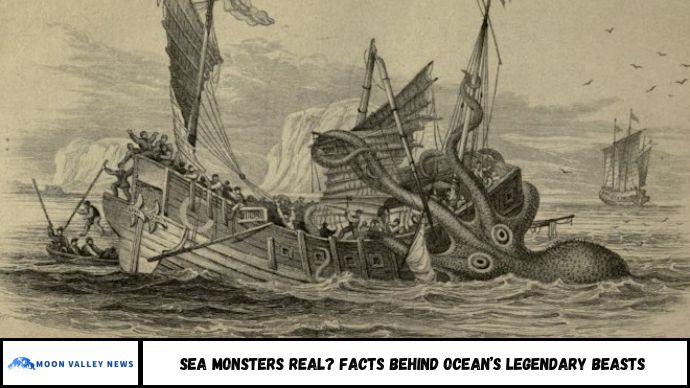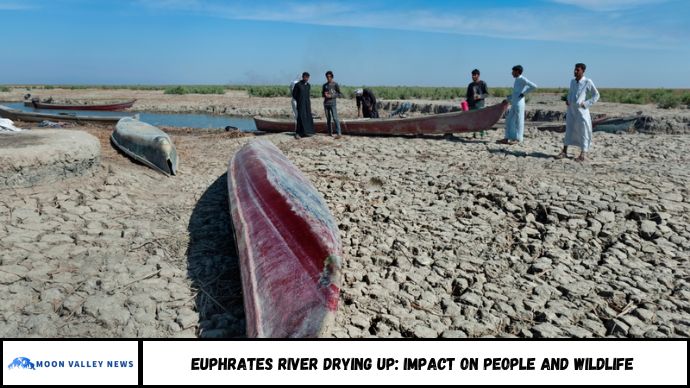The phrase “Rome wasn’t built in a day” highlights patience, but how long did it really take to build Rome? This article explores the historical timeline of Rome’s founding, development, and rise into an empire, backed by key dates, archaeological evidence, and expert insight. Whether you’re a history buff or just curious, here’s a fascinating look at the long journey of one of the greatest civilizations ever.
The Timeless Question: How Long Did It Take to Build Rome?
We’ve all heard the saying — “Rome wasn’t built in a day.” But what if we asked instead: How many years did it really take?
The short answer is: centuries.
From its mythical founding in 753 BCE to its height as an empire by 117 CE, Rome’s evolution spanned over 800 years. And even after the fall of the Western Roman Empire in 476 CE, the city continued to grow and develop.
This article covers:
- Rome’s legendary foundation
- Its transformation into a republic and empire
- Key construction projects that defined its legacy
- Realistic timelines of urban development
1. The Legendary Foundation: 753 BCE
According to Roman legend, Romulus founded Rome in 753 BCE after slaying his twin brother Remus. While the myth is colorful, archaeological finds confirm the early settlement of the Palatine Hill around the 8th century BCE.
Key Facts:
- Earliest huts on Palatine Hill date to ~750 BCE.
- Livy, the Roman historian, supports the 753 BCE founding date.
2. The Roman Kingdom (753–509 BCE)
During this period, Rome was a small monarchy with kings, simple mud-brick houses, and basic temples. It laid down the cultural and religious foundation for the city.
Major developments:
- Construction of early temples and altars
- Basic urban infrastructure and walls
3. The Roman Republic (509–27 BCE)
This is when Rome began to expand rapidly, both territorially and structurally. The republic saw the rise of public forums, aqueducts, roads, and military conquest.
Highlights:
- The Via Appia, Rome’s oldest road, built in 312 BCE
- The Roman Forum became a bustling civic center
- Expansion across the Italian Peninsula and beyond
4. The Roman Empire (27 BCE–476 CE)
Under emperors like Augustus, Trajan, and Hadrian, Rome became the center of a global superpower.
Key construction milestones:
- The Colosseum was completed in 80 CE.
- The Pantheon was rebuilt under Hadrian around 126 CE.
- The Trajan’s Forum and Market opened in the early 2nd century.
By 117 CE, under Emperor Trajan, Rome reached its maximum territorial size—spanning over 5 million square kilometers.
5. Post-Empire Growth and Continuity
Even after the fall of the Western Roman Empire in 476 CE, Rome remained a center of religion and art during the Middle Ages and the Renaissance. Structures were repurposed, and new churches and basilicas continued the legacy of Roman building techniques.
So, How Long Did It Take to Build Rome?
There’s no single answer. If you define “built” as reaching its imperial peak, it took roughly 800 years. But Rome continues evolving even today.
Summary Timeline:
- 753 BCE – Legendary founding
- 509 BCE – Republic begins
- 27 BCE – Empire begins
- 117 CE – Peak of Roman power
- 476 CE – Fall of Western Empire
- Today – Rome remains a living city
What Made Rome’s Construction So Complex?
Building Rome took so long because it involved:
- Continuous architectural innovation (from arches to concrete)
- Massive infrastructure projects across centuries
- Ever-expanding territorial influence that demanded new buildings, roads, and systems
FAQs
1. Was Rome really founded in 753 BCE?
That’s the traditional date, based on legend. Archaeology supports early settlement around that time.
2. How long did the Roman Empire last?
From 27 BCE to 476 CE in the West — about 500 years.
3. When did Rome reach its peak?
Around 117 CE during the reign of Emperor Trajan.
4. How long did it take to build the Colosseum?
About 8 years — from 72 CE to 80 CE.
5. Was ancient Rome constantly under construction?
Yes. Major projects and renovations occurred continuously for centuries.
6. Is modern Rome still influenced by ancient Rome?
Absolutely. Many roads, buildings, and layouts stem from its Roman past.
Conclusion
The story of Rome isn’t one of instant greatness, but of persistent progress over hundreds of years. Its unmatched architecture, governance, and culture were layered generation after generation — a true testament to the power of slow, steady growth.







